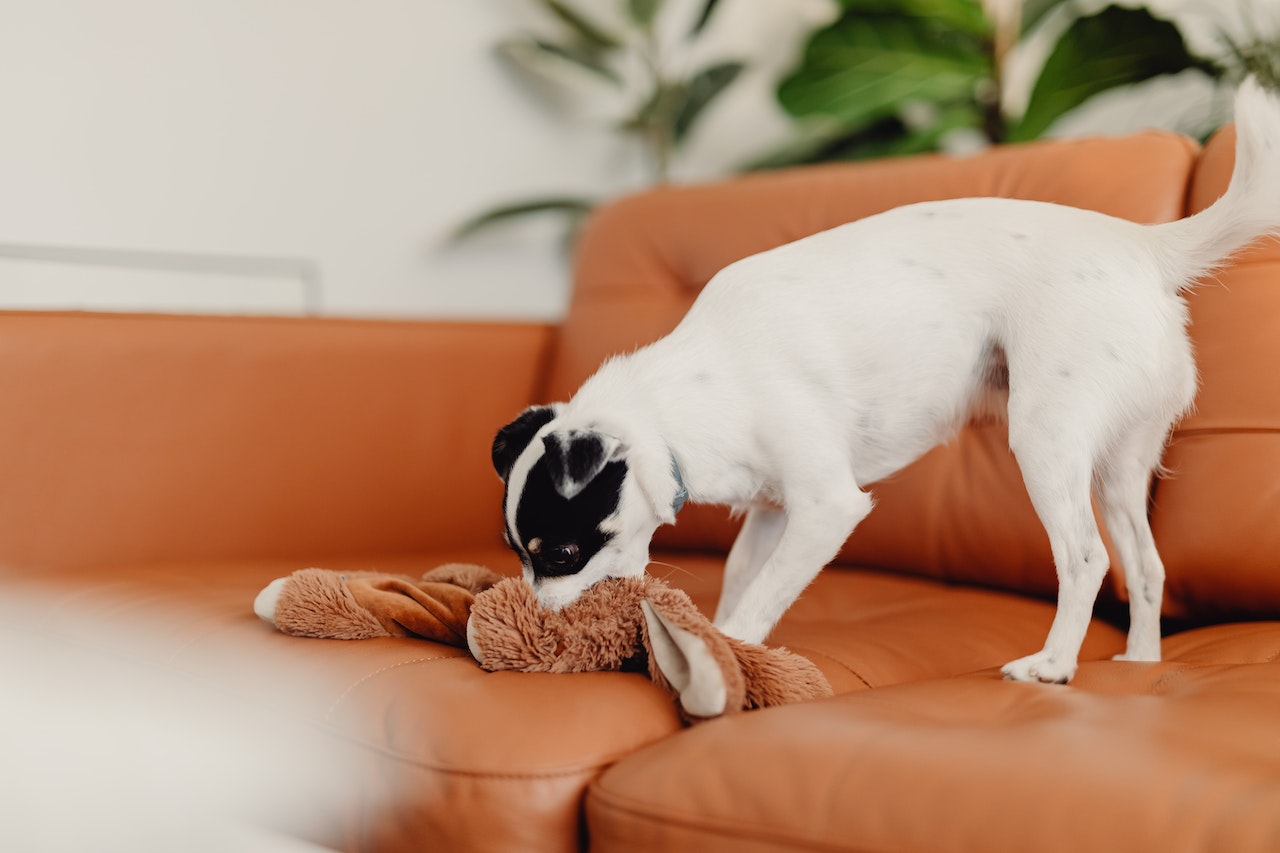
Chewing is a natural behaviour for dogs and puppies. However, it’s important to train your pet not to chew on furniture and other household items. Unchewed furniture can be expensive to replace, and chewing can also be dangerous for your pet if they ingest pieces of wood or fabric. Luckily, there are a few things you can do to help train your pet not to chew.
The first step is to provide your pet with plenty of chew toys. There are all kinds of chew toys on the market, from bones to stuffed animals. It’s important to choose a toy that is appropriate for your pet’s age and size. If you have a puppy, look for a toy that is soft and easy to chew; if you have an older dog, look for a toy that is more durable. It’s also a good idea to have more than one chew toy so that your pet doesn’t get bored.
In addition to providing chew toys, you’ll also need to Constant supervision when training your pet not to chew on furniture and other household items. When you see them start to chew, immediately say “no” in a stern voice. You may also want to give them a light tap on the nose. If you catch them before they start chewing, praise them with words or treats.Puppies in particular need close supervision as they are teething and tend to put everything in their mouths. For puppies especially, it’s helpful if you confine them to a small area when you can’t provide direct supervision. This could be a crate or a playpen; just make sure there are plenty of chew toys available so they don’t get bored.
Some pets may require additional methods of training, such as obedience classes or behaviour modification therapy. If you’ve tried the above methods and your pet is still having difficulty with chewing, it’s best to consult with a professional trainer or veterinarian.
With patience and consistency, you can train your pet not to chew on furniture and other household items. Providing plenty of chew toys and supervising your pet closely will help deter them from chewing on things they shouldn’t. If you find that these methods aren’t working, consult with a professional trainer or veterinarian for additional assistance.

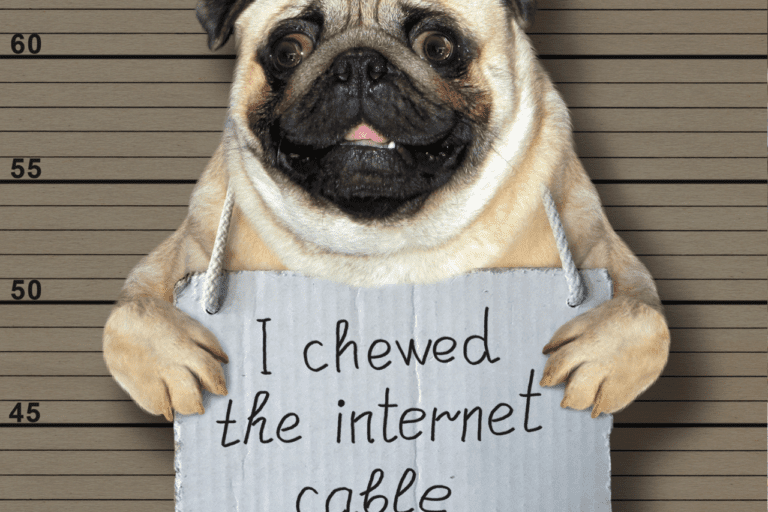
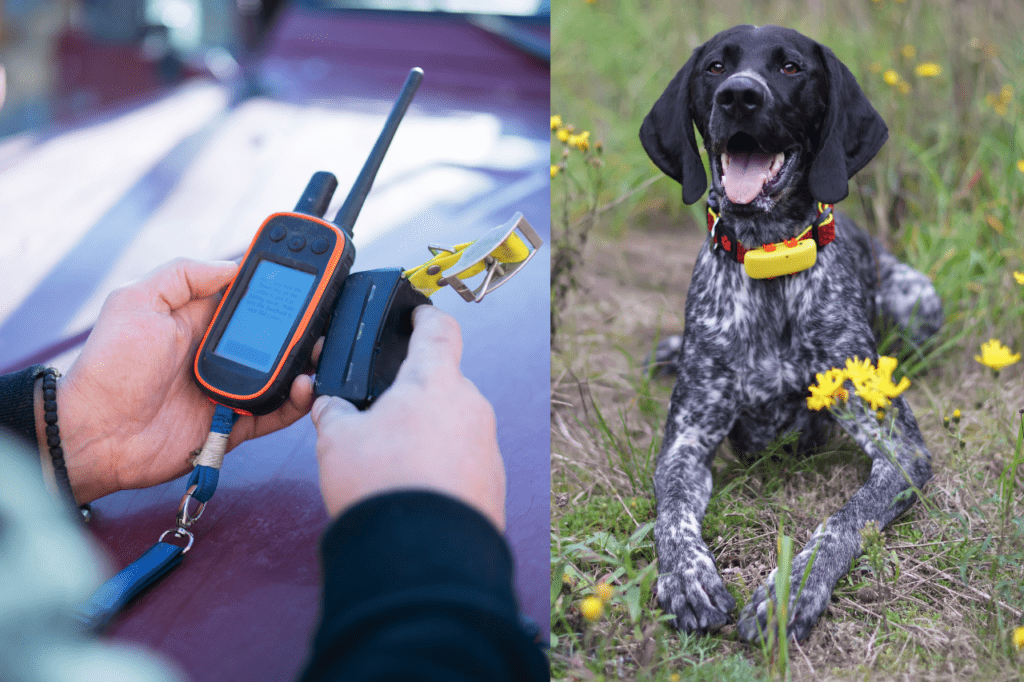
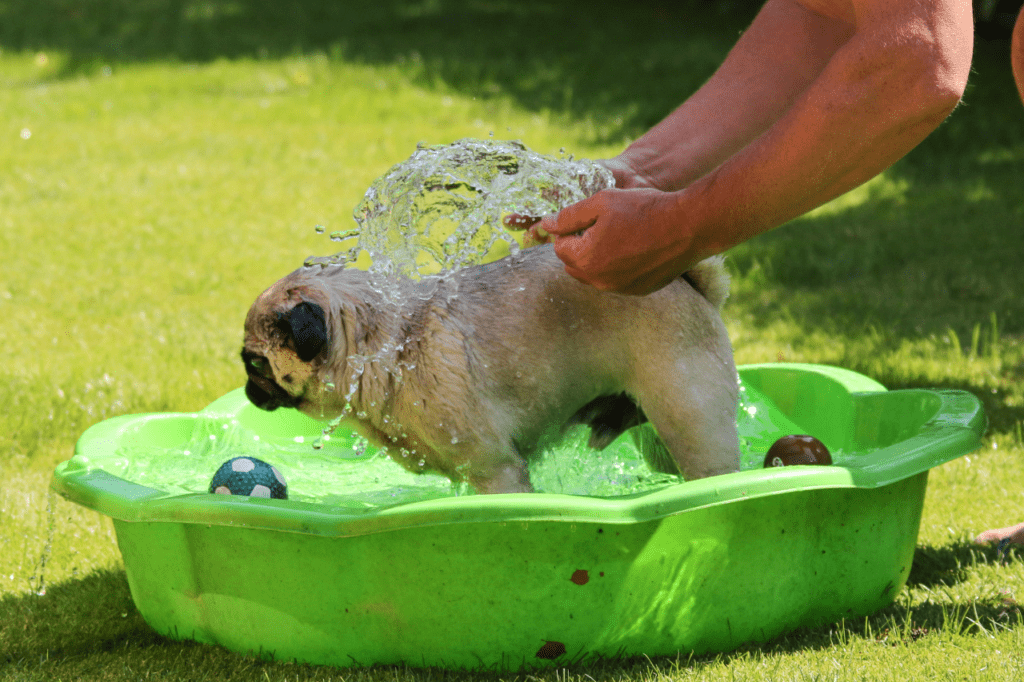
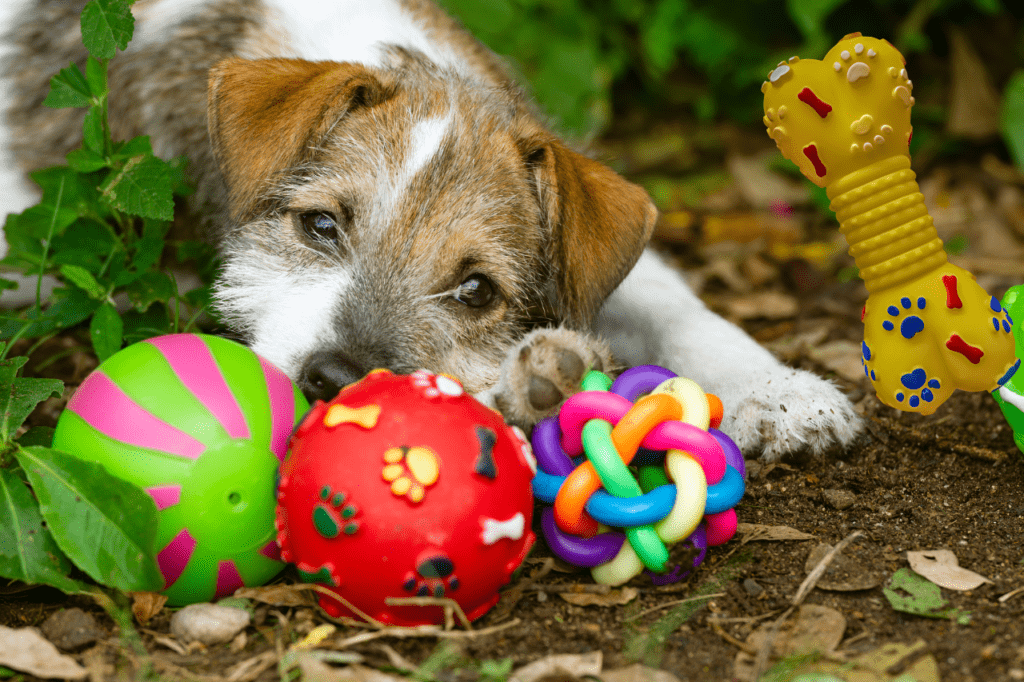
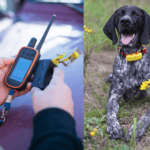
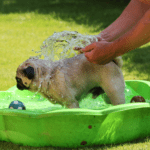
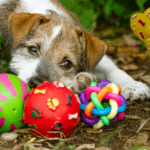

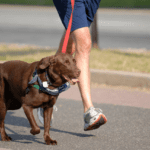
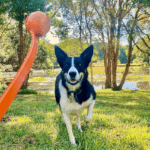
Recent Comments